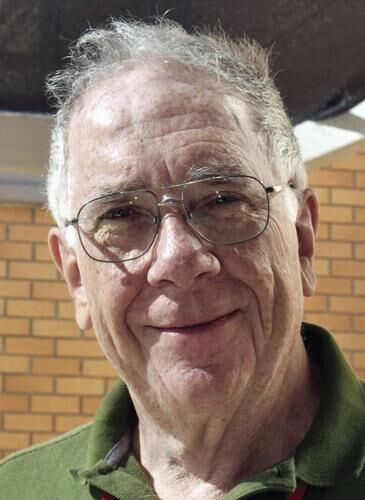Nothing lasts forever, even galaxies, and maybe even universes.
The James Webb Space Telescope has just observed the oldest dead galaxy, that is, one in which the birth of new stars has ceased. This galaxy, poetically named RUBIES-UDS-QG-z7, ceased producing stars a mere 700 million years after the Big Bang.
Our galaxy, the Milky Way, formed some 13.6 billion years ago, that is, some 200 million years after the Big Bang, and is still vigorously forming new stars.
The key substance driving the formation of stars, galaxies, and ultimately planets and life is hydrogen. When the universe cooled, it was made up almost entirely of hydrogen. In the young universe something stirred up the hydrogen clouds so that they collapsed to form galaxies, and within those galaxies, they further collapsed to form stars. Nuclear fusion in the cores of those stars produced energy, and the first starlight, and, as waste products, all the other elements needed for making planets and living things.
As time passed, galaxies merged, forming bigger ones, which stirred up the hydrogen clouds, triggering the formation of new generations of stars. Since the hydrogen is a resource that is used up in forming stars, and on a smaller scale, water and other chemicals found in space, on planets and in living things, it has to run out at some point.
When this happens, star formation ceases and the galaxies are described by astronomers as “dead”. This raises an intriguing question. How come our galaxy, along with the billions of others our telescopes show us, could have formed around the time RUBIES-UDS-QG-z7 was producing stars, and are still producing stars, while some galaxies, like RUBIES-UDS-QG-z7, are long dead?
The total mass of all the stars in our galaxy is something like 300 billion times the mass of the Sun. RUBIES-UDS-QG-z7 was bigger, containing a total mass of stars equal to some 15 billion solar masses. With all that mass, we would expect to see that galaxy still vigorously forming stars today.
This underlines the fact that we have a lot to learn about the birth and evolution of galaxies.
In the young universe, stars were more massive, which means they were enormously brighter than the Sun, and enjoyed active but very short lives before collapsing and exploding. The waste products produced during their short lives of energy production, together with elements produced in the explosions seeded the young universe with the ingredients for making planets and life. Interestingly, those ingredients can strongly affect subsequent generations of stars.
The first stars formed from more or less pure hydrogen. However, after a few generations of bright, short-lived stars, the hydrogen clouds came to contain small but important concentrations of the other elements. This significantly affected the stars that formed from them.
They were cooler, redder, and were less bright, which means they used their hydrogen fuel more slowly and so had much longer lives, providing time for life to develop on our world and almost certainly on others.
This raises a big question. What was different about RUBIES-UDS-QG-z7? It looks as though those first generations of bright, short-lived stars were not followed by dimmer, longer-lived stars. So, after 700 million years, the galaxy “died”.
Actually though, maybe “dead” is the wrong word, because white dwarf stars, the remnants of “dead” lower mass stars, continue to shine for billions of years, and dim, red dwarf stars, which could have planets and life, can last almost as long.
Light and warmth can still be available long after star birth has ceased.
Maybe “retired” is a better word.
--
Venus now lies very low in the east before dawn. After dark Jupiter shines yellowish-white high in the west and red Mars is high in the southwest. The Moon will be New on the 27th.
Ken Tapping is an astronomer with the National Research CouncilsaąúĽĘ´«Ă˝ Dominion Radio Astrophysical Observatory near White Lake in Penticton.
This column appears every Saturday.


